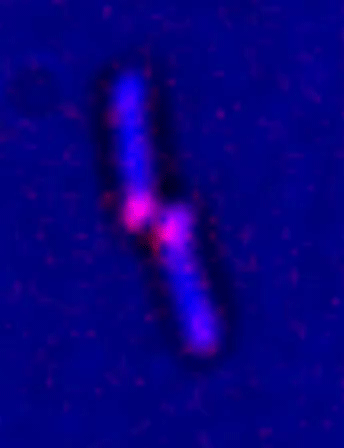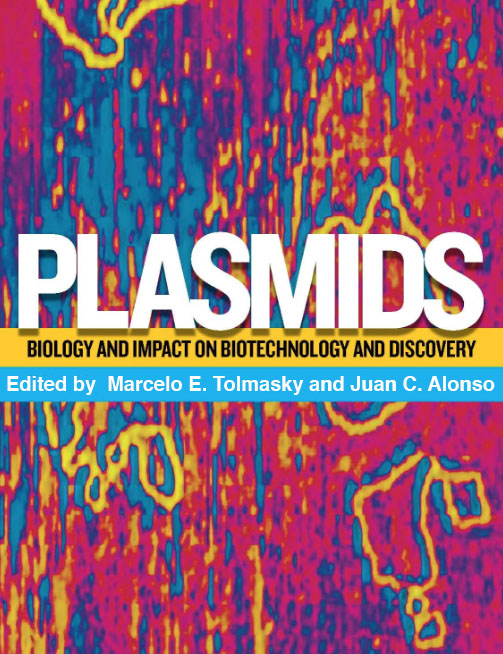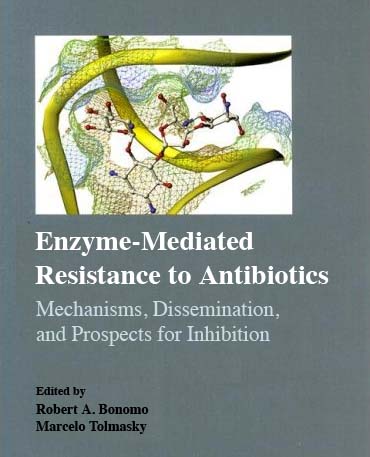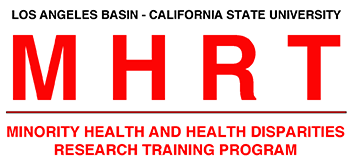
RESEARCH
Molecular mechanisms that contribute to the virulence of pathogenic bacteria or interfere with antibiotic treatment
Virulence (or pathogenicity) is the ability of a bacterium to cause disease, and the product(s) or mechanism(s) that contribute to the virulence of the bacterium are known as virulence factors.
To establish a successful infection, a bacterial pathogen must overcome the adverse conditions posed by both, the host's defense mechanisms as well as therapeutic treatments. The natural defenses include specific and non-specific mechanisms directed to kill or deprive bacteria of necessary nutrients. In addition to these natural mechanisms, the presence of antibacterial agents, as a result of medical treatment, contributes to the hostility of the environment where the infecting bacteria must survive. Several virulence factors help bacteria overcome the hostile environment found in the host's body. Understanding different aspects of these virulence factors may lead to the development of novel treatments to combat bacterial diseases. We study the genetics and molecular biology of some virulence factors in various pathogens.
MAJOR AREA
Antibiotic resistance
Since the introduction of antibiotics half a century ago, bacteria kept developing resistance to all of them. Drug companies kept pace by developing new antimicrobial agents so when a pathogen became resistant to one of them there was another that would be effective. However, recently many multiple-drug resistance pathogenic bacteria have emerged towards which most antibiotics are ineffective. As a consequence, the race between development of resistance by pathogens and the pharmaceutical industry is becoming worse and the costs of drug resistance are increasing.
An approach to deal with the drug resistance problem is to study different aspects of the mechanisms of bacterial resistance to antibiotics and design rational strategies to overcome the problem based on the knowledge gained. An example of the results obtained following this rationale is the development of amikacin, a semisynthetic aminoglycoside that is among the most refractory to aminoglycoside-modifying enzymes. Another example is represented by the development by several companies of beta-lactamase inhibitors, such as clavulanic acid, sulbactam, avibactam, or tazobactam, which are used in combination with beta-lactam antibiotics. Our project was initiated focusing on the resistance to amikacin found in clinical strains of Klebsiella pneumoniae isolated from diseased neonates. We found that these isolates have a plasmid-encoded enzyme, AAC(6')-Ib, which inactivates amikacin and other aminoglycosides by catalyzing the acetylation of the molecule.
The aac(6')-Ib gene was characterized, and further analysis led to the isolation and characterization of a novel transposon, designated Tn1331, a transposon that includes aac(6')-Ib as well as three more resistance genes, ant(3′′)-Ia, blaTEM, and blaOXA-9.
We are presently studying different aspects of the mechanism of resistance to aminoglycosides mediated by AAC(6')-Ib as well as mechanisms of dissemination of the gene and the biology of mobile elements that host it. Furthermore we are also researching strategies to inhibit expression of the aac(6')-Ib gene or inhibit the action of the enzyme to prolong the usefulness of the amikacin and other aminoglycosides.
Some aspects of the project are carried out in collaboration with the laboratories directed by Dr. Rodrigo Reyes-Lamothe and Dr. Angeles Zorreguieta.
OTHER AREAS
- Xer site-specific recombination at the pJHCMW1 site mwr
- Molecular mechanisms and regulation of gene expression of the iron uptake systems of bacterial pathogens
This project is carried out in collaboration with the laboratory of Dr. David Sherratt
This project is carried out in collaboration with the laboratory of Dr. Luis Actis
 Location of the plasmid pJHCMW1 molecules as cells grow and divide.
Location of the plasmid pJHCMW1 molecules as cells grow and divide.




